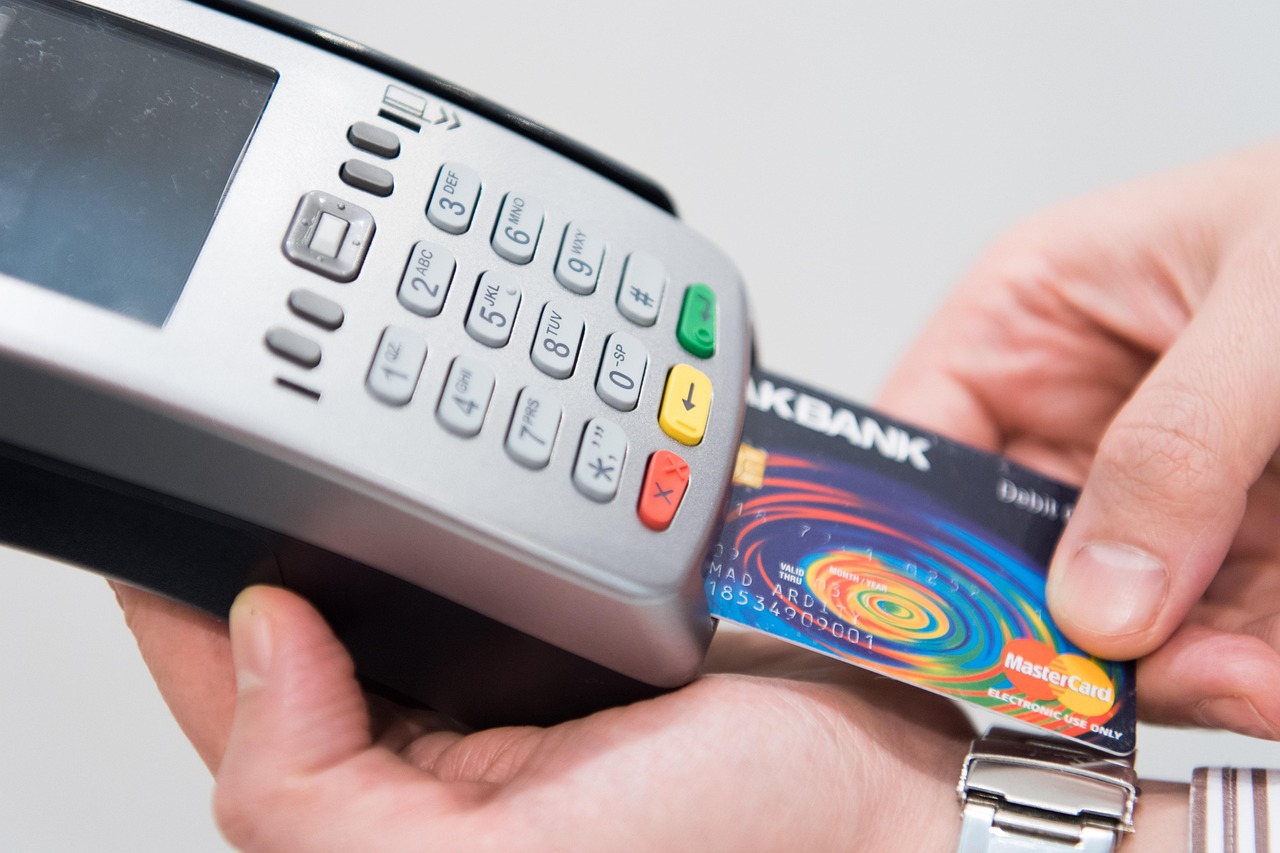Africa
Payment Institutions Rise in Morocco Amid Growth, Risks, and Regulatory Shift
By end-2024, 13.8 million accounts had been opened as payment institutions surged, fueled by social transfers and regulatory easing. Morocco’s financial inclusion efforts spurred rural expansion and transactional growth. Despite gains, the sector faces undercapitalization and technical vulnerabilities. The Central Bank is tightening oversight while promoting innovation to ensure stability and broaden service access.

With 13.8 million accounts opened by the end of 2024, payment institutions are establishing themselves as a credible alternative in the banking landscape. This success, driven by social transfers and regulatory relaxation, is accompanied by increased vigilance from the Central Bank, which is working to prevent any systemic overflow in a still nascent and undercapitalized ecosystem.
To kick-start its major projects, Morocco had to provide a substantial financial boost to various social categories. It thus relied on targeted support policies—particularly in social housing and the development of local infrastructure—with the aim of attempting to stem the disruptive effects of economic and social divides. With hindsight, these efforts can also be seen to have contributed to the growth of payment institutions.
Payment institutions increase financial inclusion
In fiscal year 2024, flows processed through transactional channels, whether authorized agents or mobile platforms, quadrupled to reach 43.6 billion dirhams (MMDH), according to the latest banking stability report.
This notable growth of payment institutions is based on a territorial network that now extends throughout Morocco. Located in major urban centers, these relays have also helped support local roots in rural areas that have long remained marginalized. This expansion owes much to social transfers provided by the State, which have acted as a lever for financial inclusion. By making certain aid conditional on the holding of a payment account, the authorities have opened a breach in usage.
By the end of 2024, more than 13.8 million accounts had been opened, compared to 10.3 million a year earlier. Level 3 accounts, limited to 20,000 dirhams, accounted for nearly 40% of new accounts, driven primarily by everyday needs.
Technical Risks of payment institutions
The boom in payment institutions, while reflecting an expansion of uses, cannot mask certain weaknesses. With a still modest balance sheet total of around 7.5 billion, these structures remain undercapitalized. Added to this is a significant exposure to technical and operational risks.
These vulnerabilities are due, in part, to the increased dependence on sometimes undersized information systems, but also to the growing complexity of outsourcing chains, particularly in hosting or processing flows. In 2024, the General Directorate for Information Systems Security (DGSSI) reported a resurgence of attacks targeting mobile payment operators, particularly through insufficiently secure APIs.
This vulnerability increases as the territorial network of payment institutions expands. In 2024, the network of payment institutions reached the milestone of 32,000 physical points, outside of bank branches, with growth driven almost exclusively by agents.
Nearly half of these points allow users to make transfers, open payment accounts, or perform cash-in and cash-out transactions. But this increase, concentrated in major urban areas, is increasing the pressure on technical infrastructure, which is expected to intensify in light of ongoing commercial expansion.
Monitoring Instruments
Aware of persistent weaknesses, Bank Al-Maghrib is gradually adjusting its arsenal. The Central Bank, without giving in to alarmism, is refining its monitoring instruments. A reform of the banking framework plans to introduce “early” intervention levers.
Moreover, a text awaiting adoption makes it possible to appoint a provisional administrator, temporarily freeze certain debts and, if necessary, recapitalization by shareholders. These measures are in addition to the battery of measures adopted to strengthen the resilience of the banking sector, including the creation of a secondary market for bad debts, to lighten balance sheets and free up credit distribution capacity. Non-performing loans, which still reach 97 billion dirhams, remain high despite a slight decline observed at the end of 2024.
“The quality of the portfolio is improving, but some pockets of fragility remain,” observes Nabil Badr, deputy director of the Banking Supervision Directorate (DSB) at Bank Al-Maghrib.
As a reminder, this market would allow institutions to transfer part of the assets in question to specialized operators, without compromising transparency requirements. The development of payment instruments in this direction, however promising, requires at the very least a more detailed understanding of vulnerabilities.
Central Bank loosens regulatory grip on digital payments
Bank Al-Maghrib is reshuffling the cards in the digital payments sector to facilitate the penetration of services in underserved areas. It is raising the limits applied to accounts and transfers and expanding the status of payment agents.
At the same time, to promote competition in the interbank electronic payment market, it was decided that banks would carry out this activity individually through a specialized subsidiary, with the aim of boosting the card payment network. In the same vein, BAM capped interchange fees in order to reduce the costs of electronic payment.
__
(Featured image by AhmadArdity via Pixabay)
DISCLAIMER: This article was written by a third party contributor and does not reflect the opinion of Born2Invest, its management, staff or its associates. Please review our disclaimer for more information.
This article may include forward-looking statements. These forward-looking statements generally are identified by the words “believe,” “project,” “estimate,” “become,” “plan,” “will,” and similar expressions. These forward-looking statements involve known and unknown risks as well as uncertainties, including those discussed in the following cautionary statements and elsewhere in this article and on this site. Although the Company may believe that its expectations are based on reasonable assumptions, the actual results that the Company may achieve may differ materially from any forward-looking statements, which reflect the opinions of the management of the Company only as of the date hereof. Additionally, please make sure to read these important disclosures.
First published in LES ECO.ma. A third-party contributor translated and adapted the article from the original. In case of discrepancy, the original will prevail.
Although we made reasonable efforts to provide accurate translations, some parts may be incorrect. Born2Invest assumes no responsibility for errors, omissions or ambiguities in the translations provided on this website. Any person or entity relying on translated content does so at their own risk. Born2Invest is not responsible for losses caused by such reliance on the accuracy or reliability of translated information. If you wish to report an error or inaccuracy in the translation, we encourage you to contact us

-

 Cannabis2 weeks ago
Cannabis2 weeks agoRemexian Wins Legal Battles Amid German Cannabis Licensing Dispute
-

 Fintech7 days ago
Fintech7 days agoItaly Issues First Natively Tokenized Minibond on Public Blockchain
-

 Cannabis2 weeks ago
Cannabis2 weeks agoUS Hemp Regulation Overhaul Sparks Global Impact
-

 Fintech4 days ago
Fintech4 days agoN26 Hires UBS Executive to Lead Turnaround Amid Regulatory Pressure

























